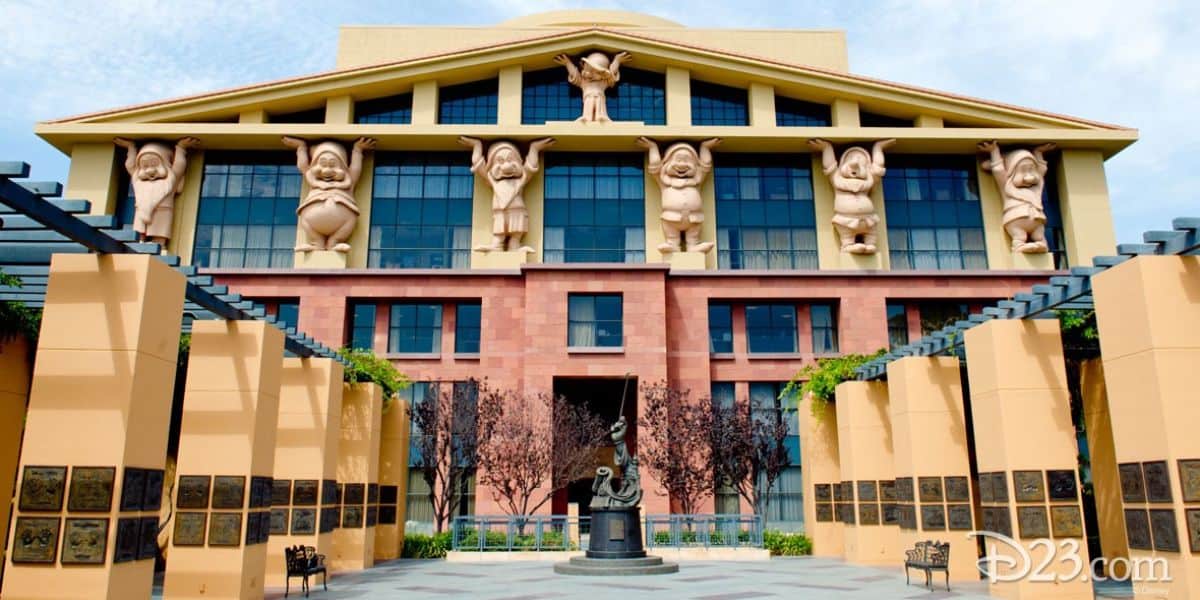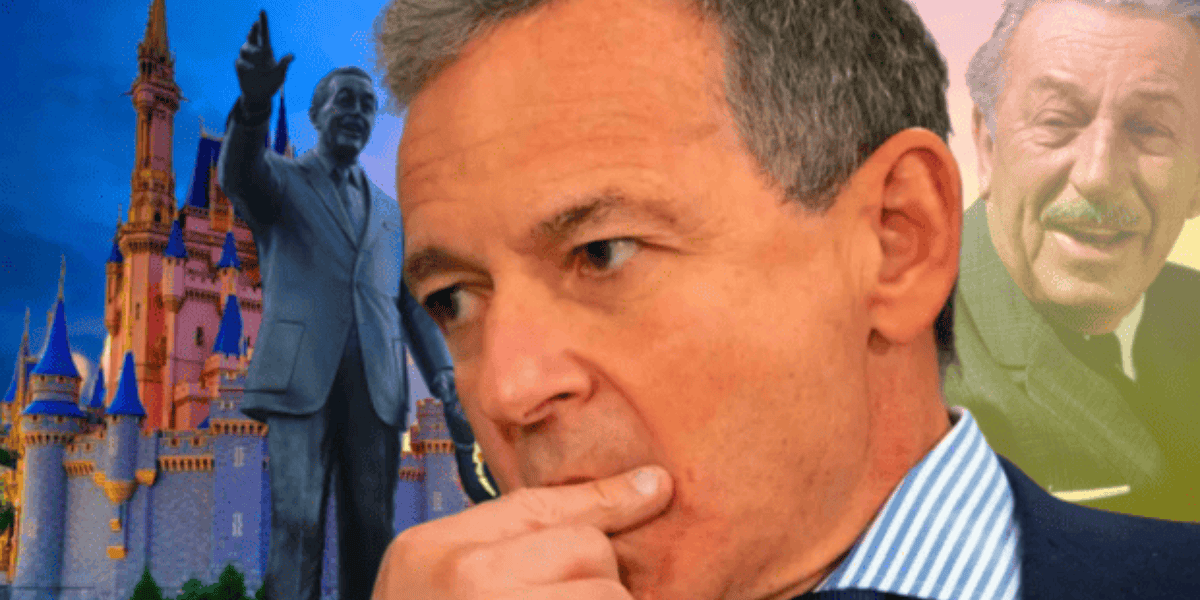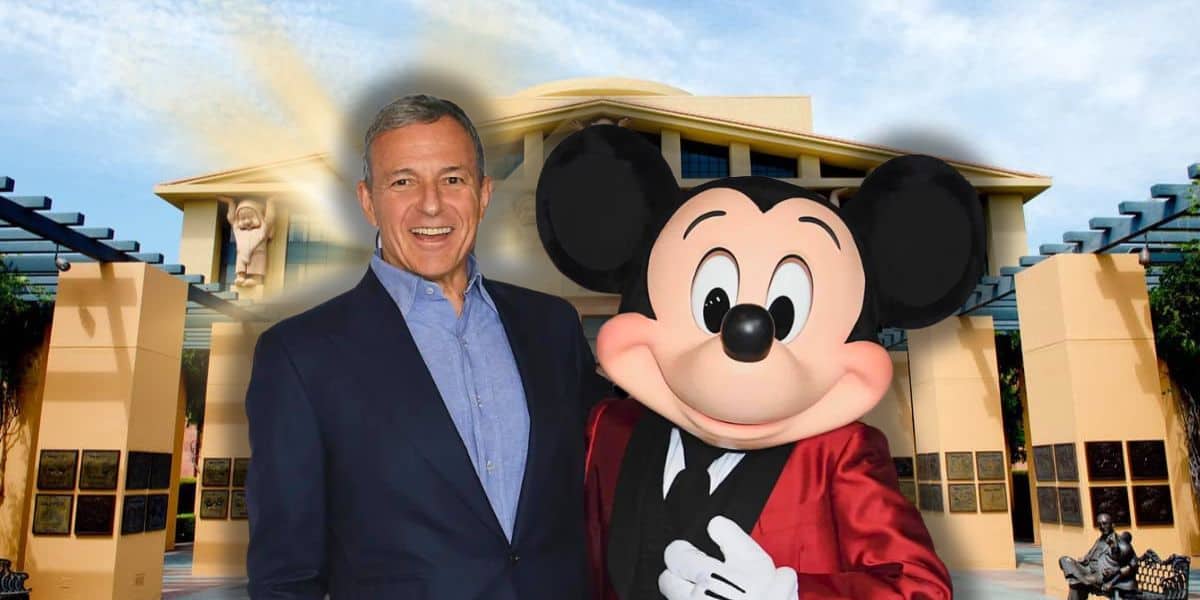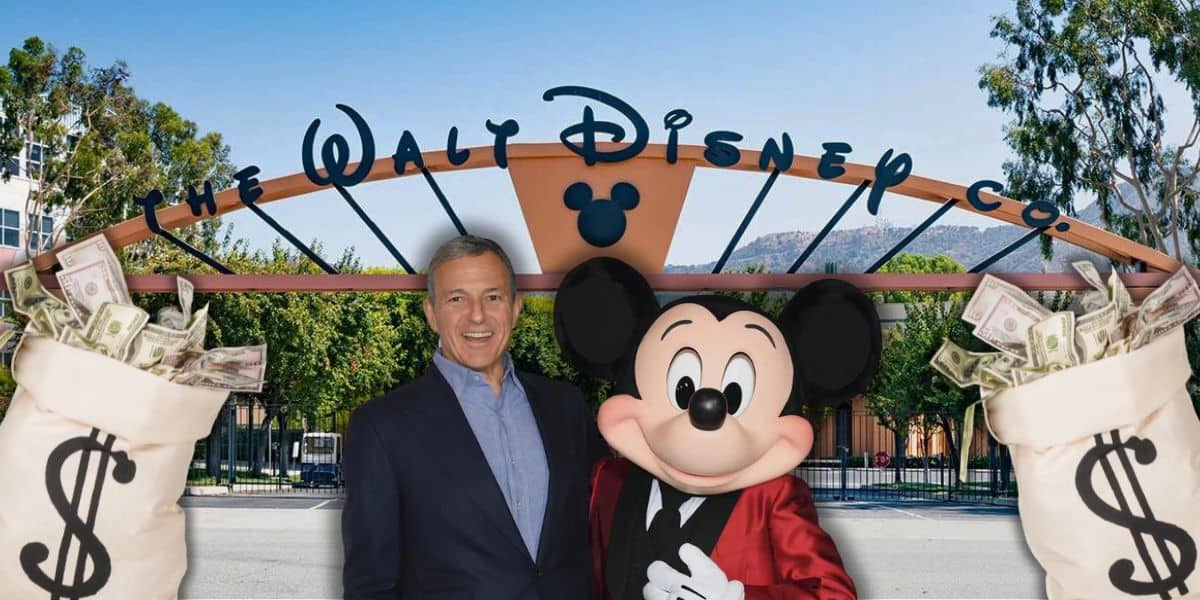In a significant step towards the future, Disney has formed a new strategic division focused on integrating advanced technologies, including artificial intelligence (AI) and mixed reality, across its diverse businesses.

Disney Establishes New Office to Guide AI and Mixed Reality Innovations, Paving the Way for Tech-Driven Experiences in Parks, Films, and Beyond
Dubbed the “Disney Office of Technology Enablement” (OTE), the initiative is set to establish Disney as an innovator in responsibly deploying cutting-edge technologies in entertainment, parks, and media.
The OTE is led by Jamie Voris, a veteran in Disney’s technology sphere with 14 years as chief technology officer at Walt Disney Studios. Voris will now oversee how Disney explores and implements transformative technologies across multiple sectors within the company. Reporting directly to Disney Entertainment co-chairman Alan Bergman, who announced the office’s creation in an internal memo, Voris and his team are charged with ensuring Disney remains at the forefront of technology in a way that aligns with the company’s core values.
Embracing Technology Responsibly in Entertainment
With Disney’s historic influence in entertainment, the establishment of the OTE represents the company’s commitment to responsible technology usage in creating immersive and innovative experiences. In his memo, Bergman highlighted the importance of technological evolution, stating, “Our ability to remain at the forefront of technological advances will only be more critical as we move forward.” This sentiment underscores the role of technology as an enabler for Disney’s creative ambitions across all platforms.

The OTE’s approach is geared toward industry best practices, specifically in managing AI and extended reality (XR) developments. “The pace and scope of advances in AI and XR are profound and will continue to impact consumer experiences, creative endeavors, and our business for years to come,” Bergman said. Disney aims to lead in shaping responsible industry practices, especially as AI’s ethical considerations become increasingly important in media and entertainment.
Implications for Disney’s Parks, Films, and Streaming Content
One of OTE’s primary goals is to infuse next-generation technology into Disney’s offerings without compromising the company’s commitment to family-friendly, accessible, and innovative experiences. By working closely with teams from Disney Entertainment, ESPN, and the Disney Experiences theme parks division, Voris and his team are expected to foster synergy across these diverse arms of the company. Each division has a stake in leveraging emerging technology to enrich the user experience, whether through enhanced personalization in streaming services, immersive storytelling in movies, or interactive attractions in theme parks.
For Disney’s parks, integrating AI and XR could reshape guest experiences on multiple levels. With AI, the potential exists for more personalized visitor engagement, predictive analytics for crowd management, and adaptive attraction experiences that respond to guest preferences. Meanwhile, XR can open doors to virtual and augmented reality experiences that go beyond traditional theme park attractions, allowing Disney to craft interactive, story-driven environments that continue even outside the park gates.

In its film studios, Disney has long been a pioneer in visual effects and animation, and AI presents new possibilities for generating lifelike graphics, enhancing character animations, and automating certain creative processes. This, however, comes with risks and ethical concerns around the use of AI in content creation — questions the OTE will address as part of its responsibility mandate.
Collaborative and Decentralized Technology Initiatives
Notably, the new office is not designed to centralize or control all AI and mixed reality projects but to offer a guiding framework that aligns with Disney’s overarching vision. This collaborative approach allows individual business units to maintain their unique projects while receiving direction from the OTE on broader strategic objectives. As Bergman explained, the purpose of the OTE is to ensure Disney’s technological advancements remain in sync with “our goals and values,” allowing for “greater agility, velocity, and consistency” across the company.
While the OTE will collaborate with various technology teams, the decentralization also signals Disney’s confidence in its business units to innovate independently within a shared framework. This flexibility could accelerate the development and integration of new technologies, ensuring Disney keeps pace with rapid changes in tech while staying true to its brand identity.

Shaping the Future of Disney with Responsible Innovation
Disney’s move to formalize its approach to AI and XR development reflects a broader industry trend where companies are increasingly mindful of the potential impacts of advanced technology. By establishing OTE, Disney aims to set an example in the entertainment sector, promoting responsible practices that prioritize user safety, privacy, and overall experience quality.
Bergman’s memo made it clear that the group’s formation is not only about technological advancement but also about “enabling our people, creativity, and business.” This suggests that OTE’s mission goes beyond merely implementing new tech; it’s about empowering Disney’s workforce and creative teams to explore the boundaries of storytelling in a way that is respectful of the medium and the audience.
With Eddie Drake stepping into Voris’ former role as CTO at Walt Disney Studios, Disney appears committed to bolstering its technical leadership across all divisions. The newly appointed leaders will work to ensure that Disney’s tech-forward strategy is executed with the company’s legacy and values in mind.

The Disney Competitive Position and Future Outlook
Disney’s foray into a dedicated technology office underlines its readiness to compete in a fast-evolving media landscape increasingly shaped by AI and immersive technologies. As companies like Universal and other streaming giants also push technological boundaries, Disney’s OTE provides a structured approach to staying ahead while preserving its reputation for family-centered, high-quality content.
Moving forward, Disney’s parks, films, and streaming services are likely to see an infusion of enhanced digital experiences tailored to modern audiences’ tastes and expectations. While the full impact of OTE’s initiatives will unfold over time, Disney’s proactive strategy positions it as a responsible leader in AI and XR, reinforcing its commitment to pushing creative boundaries responsibly.
Disney’s internal announcement, first reported by Reuters, hints at an era where innovation is tempered with accountability — a balance that will likely define the future of the entertainment giant’s digital experiences.
The post Disney Makes Major Announcement: Parks and Experiences Overhaul Confirmed appeared first on Inside the Magic.
